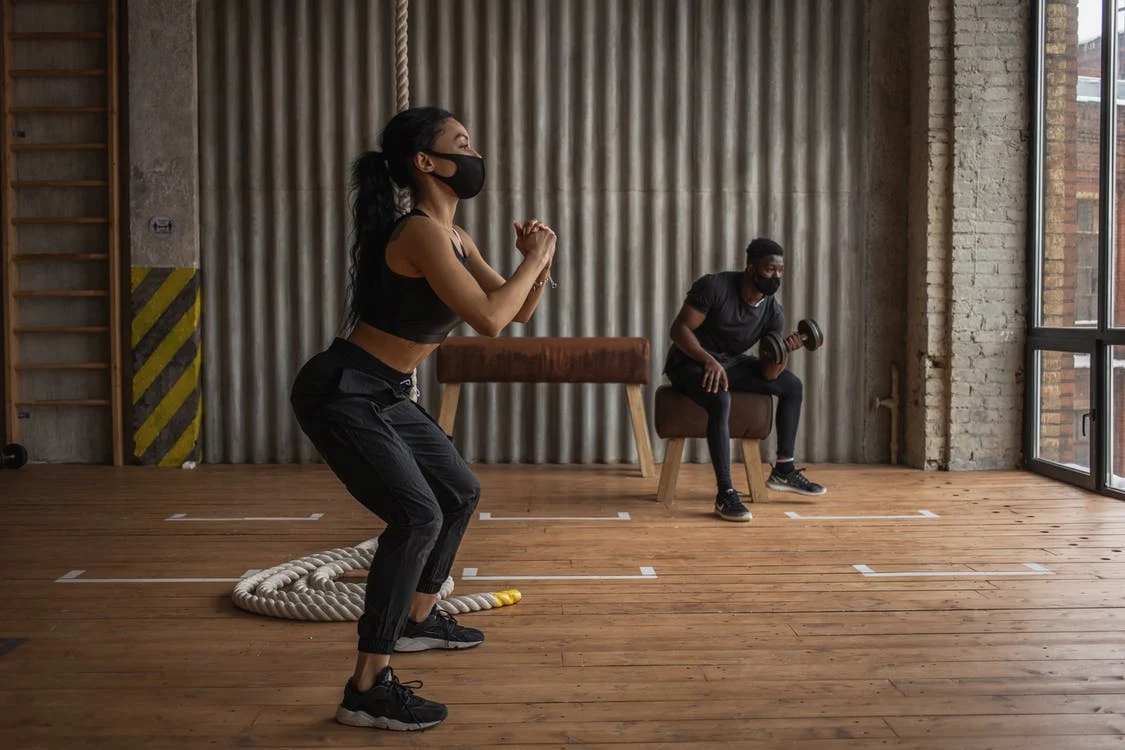Ethnic Rhinoplasty, more specifically known as nose reshaping or nose enhancement, is a type of plastic surgery that alters the nose’s appearance to create harmony with features in other areas of the face. Achieving unique harmony between these areas is what ethnic rhinoplasty surgery focuses on, according to plasticsurgery.org. Drastically changing your nose may make it difficult for people to recognize you, so choosing a solution with minimal impact on your identity and life is essential before doing this surgery for an ideal nose.
Many types of surgery can be performed to change the appearance of the nose, with the vast majority of these procedures performed in one of three different areas: Surgery for the nasal tip, Surgery for the nasal tip and angle, or more often called tip enhancement and Surgery for the bridge.
This surgery can be used to correct a deviated septum, augment the nose or change the angle of the nose.
The following section will explain how each type of surgery is performed – a brief overview to increase your understanding.
Ethnic Rhinoplasty Treatment Options
1. Augmentation
In this procedure, the ethnic rhinoplasty surgeon will rearrange the nose to give it an overall improved appearance. The surgery can be performed on the tip, ala (ending of the nose), or both. The tip of the nose is the most common area for augmentation.
This is for both men and women, whose noses tend to be smaller than ideal. If a woman’s nose size is in line with her other facial features, the ethnic rhinoplasty surgeon will reframe her nose. In this procedure, they will change the alignment of her nasal bones to make it appear more attractive.
This procedure entails adding material from a syringe to the nose. This can be done by adding fat, synthetic material, or cartilage from the ear. Fat transfer is one of the most common types of augmentation because it has proven to be less dangerous than cartilage and synthetic implants.
2. Revision rhinoplasty
This type of ethnic rhinoplasty surgery is the opposite of augmentation. Revision rhinoplasty will change certain facial features but increase the size and volume of your nose. This is common for people with a smaller nose, who feel like their nose is too small for their face. Like the first procedure, you can add something from your body to make your nose look better.
The first stage of revision rhinoplasty involves dissecting the old nose. The surgeon then needs to cut back the skin to make room for the new nose. The internal structures of the nose are then changed to fit the new nose, and then everything is sewn back together.
Doctors assess this change through facial photographs, sculpting, and before and after photos – sometimes adjustments are required during surgery, says webmd.com. Revision rhinoplasty is an essential aspect of ethnic Rhinoplasty because it allows the surgeon to make improvements without completely changing the shape of the nose.
3. Reduction
Another type of ethnic rhinoplasty surgery is reduction rhinoplasty for ethnic noses. It entails changing the size and shape of the nose, which can be a difficult task because, often, this results in a change in the appearance of ethnicity. During this procedure, doctors will alter the thickness of the skin to reduce its size.
There are two common types of reduction procedures: Open reduction and Closed reduction. Open reduction involves removing the skin flap during surgery and repositioning it after making adjustments. Closed reduction involves creating an incision along the sides of the nose and opening it up. Both are performed depending on the patient’s needs, but both types of surgery successfully reduce the size of the nose.
The patient may also need to undergo physical therapy after surgery for a few weeks to gain feeling and motion back into the nose. Profiles with open reductions only take two months from start to finish, while those with closed reductions take one month.
4. Projection
Projection rhinoplasty is a procedure done to enhance the tip of the nose and project it outwards. This kind of Rhinoplasty can make your nose appear smaller or look bigger than the rest of your face. Projection rhinoplasty requires cutting the nasal bones to improve the projection angle. It also involves using cartilage or fat to increase the tip’s size.
Projection is made by turning the ala (ending of the nose) outward to match the larger tip. The cartilage can be made from the patient’s body or a donated part, like a cardeva.
Common nose traits and procedures by ethnicity
1. Asian Rhinoplasty
This type of surgery is used on people with flat or wide noses. The primary goal of this procedure is to create an excellent profile by narrowing the tip and the bridge of the nose. The external and internal structure of the nose is changed using cartilage from a donor site or artificial material like acrylic.
2. Jewish Rhinoplasty
This type of surgery is common among Jewish people with broad noses. It involves reducing the size of the bridge and tip (or pinching) to create a narrow nose. This procedure can be performed on both the tip and the ala. Because it changes the patient’s appearance, many of them will use Rhinoplasty to hide their Jewish heritage from anti-Semites.
3. Latino Rhinoplasty
This type of surgery is common among Latino people with broad noses. This procedure aims to enhance the tip and make their noses appear smaller. This procedure can be completed by recreating the ala and lowering the bridge or changing the nasal bones to make it more attractive.
4. African American Rhinoplasty
This type of surgery is common among people with an Afrocentric nose. This procedure aims to create a long, narrow nose with a great tip. This procedure can either be done by recreating the ala and lowering the bridge or changing the nasal bones to make it more attractive.
There are different types of surgical treatments that might be performed to achieve an ideal ethnic rhinoplasty, depending on the anatomical shape of your nose and the individual doctor’s approach, according to healthline.com.


